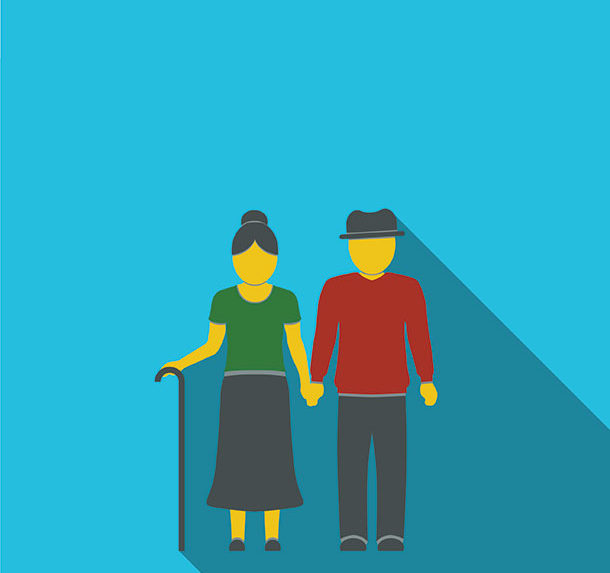You don’t have to spend much time with the elderly or those with terminal illness to see how often medicine fails the people it is supposed to help. The waning days of our lives are given over to treatments that addle our brains and sap our bodies for a sliver’s chance of benefit. They are spent in institutions — nursing homes and intensive care units — where regimented, anonymous routines cut us off from all the things that matter to us in life.
Given how disliked they are, by patients and families alike, you’d think people would have rebelled. You’d think we would have burned the nursing homes to the ground. We haven’t, though, because we find it hard to believe that anything better is possible for when we are so weakened and frail that managing without help is no longer feasible. We haven’t had the imagination for it.
But in the course of writing my book Being Mortal (from which this is adapted), I did find several people who do, in fact, have the imagination to remake the nursing home and to help people in a state of dependence find value in their existence.
One of them is in the Boston suburbs. Just 20 minutes’ drive from my home, there is a new retirement community called NewBridge on the Charles. It was built on the standard continuum-of-care framework — there’s independent living, assisted living, and a nursing home wing. But the nursing home that I saw on a visit not long ago looked nothing like the ones I was familiar with. Instead of housing 60 people to a floor in shared rooms along endless hospital corridors, NewBridge was divided into smaller pods housing no more than 16 people. Each pod was called a “household” and was meant to function like one. The rooms were all private, and they were built around a common living area with a dining room, kitchen, and activity room — like a home.
To read the entire article from this and other issues, subscribe to The Saturday Evening Post.
Become a Saturday Evening Post member and enjoy unlimited access. Subscribe now




Comments
When my dad passed away, my mom started having a hard time. Understandable, but I still worry about her all the time. Her health isn’t the greatest, so there is lots of things to worry about. I think that putting her into a nursing home would be a good option.
As a person with a disability for over 30 years, and having a son with a severe medical disability, I LOVED this article. I have been an advocate on the needs of people with disabilities, and for accessible, Visitable, and Universal Design homes for decades.
In Utah I fought with Medicaid to keep my son at home and have home health nurses come into our home, instead of placing him in a sub-acute hospital. As a single Mom with no other family, and having medical issues of my own, keeping my son at home with 12 hour/day nursing was very difficult. But I KNEW it was the right decision.
Eventually, after having 2 surgeries for myself, and a month before my son’s 22nd birthday, my son was placed at South Davis Community Hospital (SDCH). At age 22 he would only be allowed 2 hours/day (instead of 12 hours/day) of home health nursing. My doctors told me I could no longer lift my quadraplegic son without severe injury to myself, and so it was necessary.
I approached Medicaid about having a group home for medically fragile adults, and they said no. After 4 years at SDCH, my son died. That was in 2004. Things in “the system” haven’t changed (as far as I know) since then. I would love to find a way to help many kinds of people, including myself, have adequate care in their homes for as long as possible. I know the difficulties. Who has the answers?